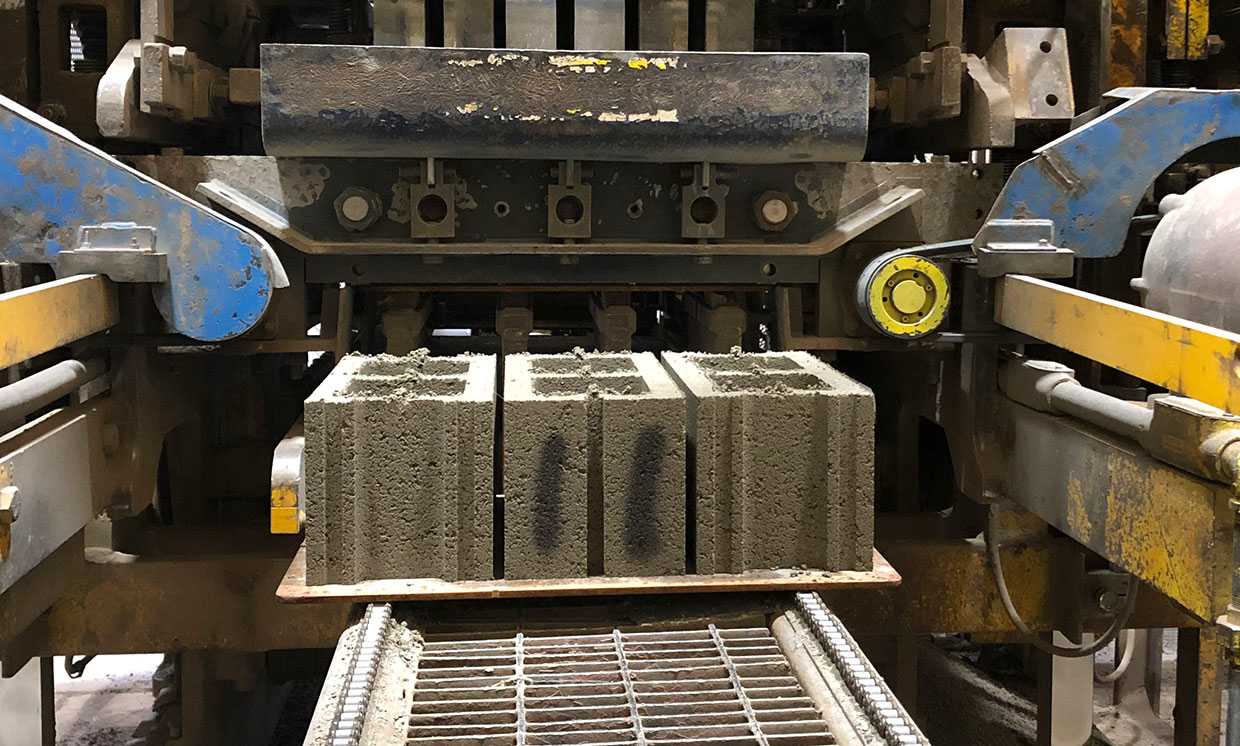
Carbon sinks
From emissions to elimination.
How likely? How soon? What impact?
Production of concrete and steel are energy-intensive activities. That's one reason that construction accounts for more than a tenth of global emissions. What's more, a large portion of construction materials are wasted. But the opportunity to slash the sector's carbon footprint is much bigger than reducing waste. Can construction become a leading means of carbon sequestration?
Over the next decade, new methods for making and using ancient materials will turn buildings and infrastructure into some of our most effective carbon sinks. New formulas for manufacturing cement will store more carbon than is released. High-strength structural timber can lock in even more reductions, replacing energy-intensive steel production and its heavy impacts. As these and other material and process innovations spread, they'll provide a platform for even more effective carbon mitigation and sequestration technologies to be deployed. In less than a generation, we may see the built and natural environment of cities shift from net carbon emitter to high-capacity carbon sink. And dangerous waste streams like combustion gases and wood fibers will be converted into valuable materials.
Signals
Signals are evidence of possible futures found in the world today—technologies, products, services, and behaviors that we expect are already here but could become more widespread tomorrow.




..png)



